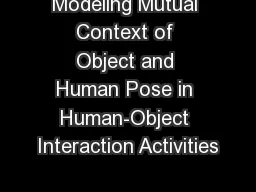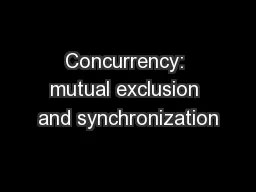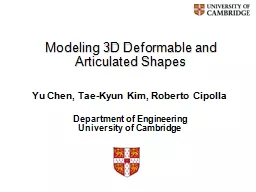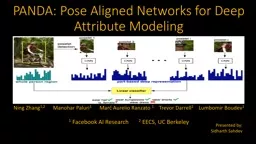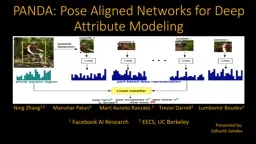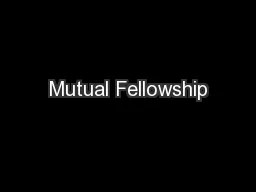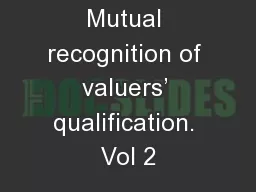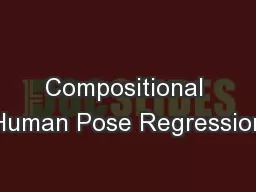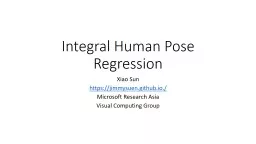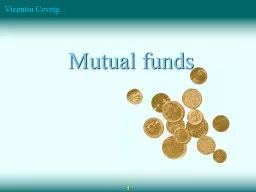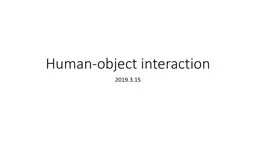PPT-Modeling Mutual Context of Object and Human Pose in Human-Object Interaction Activities
Author : alexa-scheidler | Published Date : 2018-11-01
Bangpeng Yao and Li FeiFei Computer Science Department Stanford University bangpengfeifeilicsstanfordedu 1 Robots interact with objects Automatic sports commentary
Presentation Embed Code
Download Presentation
Download Presentation The PPT/PDF document "Modeling Mutual Context of Object and Hu..." is the property of its rightful owner. Permission is granted to download and print the materials on this website for personal, non-commercial use only, and to display it on your personal computer provided you do not modify the materials and that you retain all copyright notices contained in the materials. By downloading content from our website, you accept the terms of this agreement.
Modeling Mutual Context of Object and Human Pose in Human-Object Interaction Activities: Transcript
Download Rules Of Document
"Modeling Mutual Context of Object and Human Pose in Human-Object Interaction Activities"The content belongs to its owner. You may download and print it for personal use, without modification, and keep all copyright notices. By downloading, you agree to these terms.
Related Documents

